Screening happens in stage-1 testing of SSB interview, screening consists of intelligence test and PPDT. Intelligence tests consist of verbal and non-verbal tests, on the other hand, PPDT know as picture perception and discussion test which includes story writing and group discussion.
Here we are talking about the different types of questions that come in intelligence test verbal ability. A few common types of intelligence tests, generally used by the Selection Boards, are illustrated hereunder:
Read: 10 reasons why you are screened out from SSB
Type of Question in Verbal Ability:
- Completion of Series: In this type, a series is given in which a word, letter, a figure or digit is missing somewhere in between or at the end and the candidate is required to insert it.
- Example 1: Find the missing, 3,7,11,15,__,__ Ans: ( write it in the comment box)
- Relationship of Analogy Tests: This is a mathematical type of exercise. There is certain type of relationship between two objects or ideas and bye establishing the same kind of relationship between the third and the fourth, the missing object or idea is to be provided.
- Example 1: Q1 Bird is to fly as man is to _______ Ans: (write it in the comment box)
- Example 2: Q2 Watch is to wrist as ring is to ______ Ans: (write it in the comment box)
- Relationship Test: There is a certain relationship between the pairs of words.
- Example 1: Write the number of the two word which have the relationship as tailor and clothes. (1) Cobbler (2) Doctor (3) Medicine (4) Shoes Ans: (write it in the comment box)
- Jumbled Spelling Test: In this type of test, jumbled spelling of common words are given. The candidate is required to think out the correct work. Sometimes a hint about the nature of the word is also provided.
- Example 1: Which choice mentions the last letter of the word rearranged from the following jumbled spelling: Q: COYEKH is an outdoor game. Options: Q,X,Y,H.
- Coding and Decoding Test: In these tests, number, letters of alphabet do not stand for themselves but for some other letters, i.e., they have an artificial code value. These artificial or code values are given according to some set principle. By applying that principle the candidates can decode a coded word or number.
- Example 1: If HKTG means Fire, what does YCVGT mean ?
- Example 2: If 3=0, 4=4, 5=10, 6=18 then 7=?
- Multiple Choice or Best Reason Test: In this case a question or an incomplete statement is followed by many possible alternative choices as answers and candidates are required to select the more appropriate choice that completes the statement or answers the question.
- Example 1: Delhi is famous because (a) It is very neat city (b) It is the capital of India (c) The President and PM live in it.
- Same Class Test: In this type of test, a group of words is given. Some of these words belong to one particular class but one ore more words do not belong to that class.
- Example 1: Write the number of object which is different from the other objects in the following collection: (a) Teacher, (b) Professor, (c) Student, (d) Head Master, (e) Principal.
- Synonym Test: In this type, pairs of words with the same meaning are given. But a certain pair of such that the meaning of the two words in the pair is not the same. Candidates are required to pick it out and write the number of that pair.
- Example 1: Write the number of the pair, the words which do not have the same type of meaning as the others. (a) Agony and Pain, (b) Danger and Risk, (c) Freedom and Bondage, (4) Integrity and Honesty.
- Antonym Test: In this type some pairs of words have opposite meaning but a certain pair of a different nature. Candidates are required to pick out the same.
- Example 1: Write the number if the pair, the words of which have a relationship different from the other pairs. (a) Compulsory, Voluntary, (b) Help, Obstruction, (c) Excess, Surplus, (4) Food, Famine.
- Direction Sense Test: In this type of test, the candidates are required to make use of a keen sense of direction and remember the distance covered in each direction.
- Example 1: If you start from point A and walk 4 miles towards the east, then turn left and walk 3 miles towards the north, turn left again and walk 2 miles, which choice mentions the direction in which you are going? (a) North, (b) East, (c) South, (d) West.
- Common Sense Test: In these type of tests, the candidates are required to make use of their common sense only. Alternative choices for suitable or probable answer may or may not be provided in this type of test. Candidates have to draw upon their own past experience.
- Example 1: 3 years ago, Lakshmi was 5 years older than Sita. What is the difference between their ages today?
- Sequence Test: In this type, one is required to concentrate on correct sequence of days of the week, months of the year, sequence of words in the dictionary or sequence of letters of alphabets, etc, etc.
- Example 1: If fifth of the month falls two days after Monday, what day of the week will precede the 19th of the month.
- Blood Relationship Tests: One is required to have fair knowledge of blood relations.
- Example 1: X and Y are children of Z. Z is the father of X but Y is not the son of Z. What is Y to Z?
- Jumbled Sentences Tests: In this type the words forming a sentences are jumbled up and candidates are required to rearrange these to form a sensible sentence.
- Example 1: Rearrange the following jumbled words to form sensible sentences. (a) All animals are animals but all cats are not cats.
- Confusing Instructions Tests: Questions of this type are simple to solve but instruction issued are confusing. The students are required to study the questions carefully and understand in which way the answer is to be expressed.
- Example 1: If 1/2 when added to 1/4 makes 3/4. Write “wrong” unless 3/4 when divide by 1/4 makes 1/3 in which case write ‘right’
- Assigning Correct Mathematical Signs: Sometimes arithmetical questions involving addition, subtraction, division and multiplication are written but arithmetical sign are omitted . Candidates are required to insert these.
- Example 1: 24_5_4=9 .
- Word Building Tests: This type of test is meant to test the ability of students in word building. For example: forming new words by suffixing or prefixing new letters or taking off from or adding new letters to the body of words.
- Example 1: Think of a single letter which when prefixed to the following words forms new words: READ, RISK, OWL, RING, RIGHT.
- Supplying the missing figures:
- Example 1: Rupees – Paisa
**6 – *2 – x 7 _____________________________________ 6*57 – *4
Bottom Line:
After checking out these questions, you may think that the verbal ability test in an SSB interview is very easy, Yes it’s very easy indeed, all you need to do is time management. You may get 15 mins to complete 55- 60 questions. You can post the answers to the verbal sample questions mentioned above in the comment box below.
Also Check:

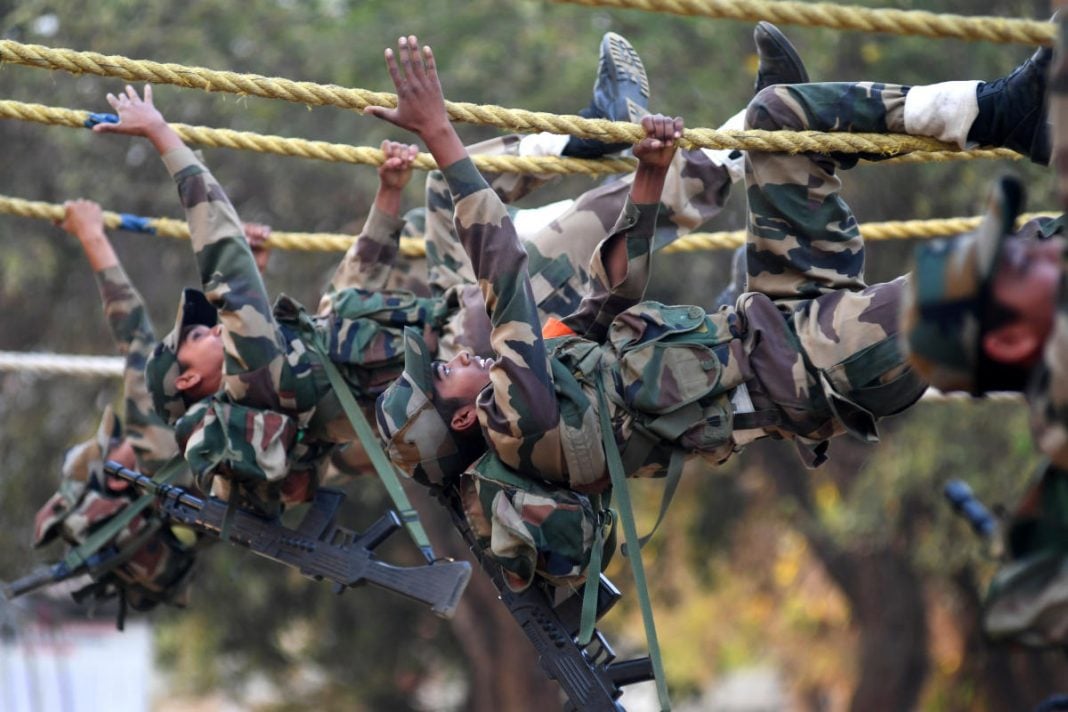
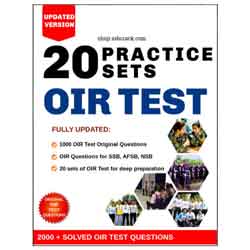
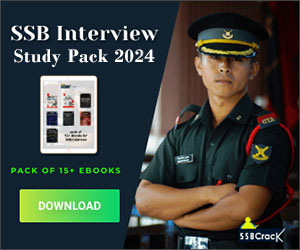
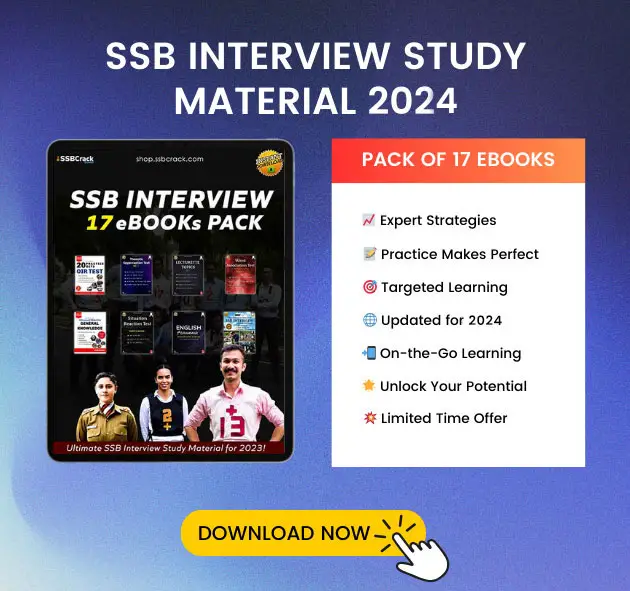


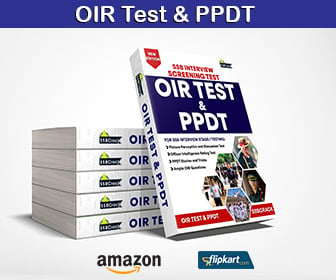
can any body explain 17th question?
read -> Bread
risk -> Brisk
owl -> Bowl
ring -> Bring
right -> Bright
So the answer is B!
i want the correct logic behind no.15 and no.18.
15 -> Just rearrange:
All cats are animals but all animals are not cats.
13 is wrong ryt answer is DAUGHTER
13. Ans is daughter
i thnk ques num 13 ans s daughter
pradeep can you please explain how to solve Q18?
please explain how to solve Q18 types questions?
Any questions from English -Reading Comprehension and Sentence Completion, Idioms
I got very bad marks in my 10 and 12 exams 56% and 45% respectively but 63% in BA .I was 2 time conf out from bhopal and allahabad .I know my mistakes and also working on them . and see improvement also . i want to know that is it I was not selected because of my 10 & 12 result or any other reason.
IS verbal and non-verbal tests marks in ssb is added finally? or it is just for first day screening…
13th y is a daughter of z
Thanks i got it from Agarwal’s Verbal and non-verbal book. He didn’t explain the logic behind the third type of sum in DICE in proper way. I think first two r see to understand only third is confusing. Try this link it may help http://www.indiabix.com/verbal-reasoning/dice/introduction.
I think i can sent a snapshots of the page to u is it ok?
And regarding paper cutting he didn’t explain any logic we have to figure it out, bye
Can anybody explain the logic behind
i)Paper cutting
ii)Dice
Hello Nihal I will explain the logic as simple as possible
1) Paper cutting – I think it doesn’t have any shortcut keeping these points will help
a)Each time a paper is folded once and make a cut, number of fig is doubled and they form mirror image
b) If the cut pass through the folded line (line at which paper is folded) the final image is not separated
c)If the fold is symmetrical then final image is exact mirror image
d)If u still find very difficult then try to imagine unfolding the paper keeping a final cut at same place and each time u unfold they form mirror image ( that’s important).
2)Regarding Dice – this has a simple logic. I think there r commonly three kind of questions based on the number of dice positions shown on the question (4,3 and 2). If the questions have 4 or 3 dice position then its easy u have to (normally the question will to find the opposite “number” of a particular “number”)
a)find the “number” which occur most no. of times in the all different dice positions and note down the adjacent “numbers”.Then find the number which is opposite to it (mostly it is the “number” which is not in the list)
b)Then note down the adjacent “numbers” of the “number” in question and then add the opposite number from the above step to this list. The number which is not in this second list will be the answer to ur question.
Now coming to the next type of question here only two positions of dice will be given (some difficult is there) then
a)you have to find the opposite “numbers” of the one which occur most no. of times (same as above, in this case let say most occurred “number” be 6).
b)See in most cases there will be this common “number” which occur on both the dice.
c)Next is the most difficult part u have to turn and rotate one of the dice.
d)First turn the face containing the “number” ie 6 making it parallel to face containing 6 of other dice ( second dice in the question). Sound weird u have to imagine this.
e)Now u have to fix this face on one dice and rotate other faces to find the answer (it require some logical thinking practice one or two u will get it, its very easy after that)
d)Most important thing is u have to eliminate the “number” which u find in the first step from the possible answers this make u left with only two “numbers” now u have to rotate and find that number.
The last rotating step is difficult to explain hope u got it.
Hope i didn’t confuse u with my words. If u have any doubts pls ask me bye
Nice work, but it would be great if you have given some visual examples. You can share this with hand draw visuals in this blog.:)
And ADMIN thanks for ur site great job keep it up bye
when can i download cdse13 hall ticket?
Answers
1)19,23
2)Run, finger
3)2
4)Y
5)WATER, 28
6)b
7)1 (c)
8)1 (c)
9)3 (a,b,d)
10)d – west
11)5
12)sunday
13)brother
14)All cats are animals but not all animals are cats.
15)wrong
16)I don’t know it doesn’t make any sense if its 25 then 25/5+4=9
17)B
18)936 rupees 82 paisa x 7 gives 6557 rupees 74 paisa
Please correct the mistakes. you r right the real challenge comes when we compete against the time, thanks
plese explain sunday kaise hoga
This comment has been removed by the author.
When is the result of CDS II 2012 going to be declared?